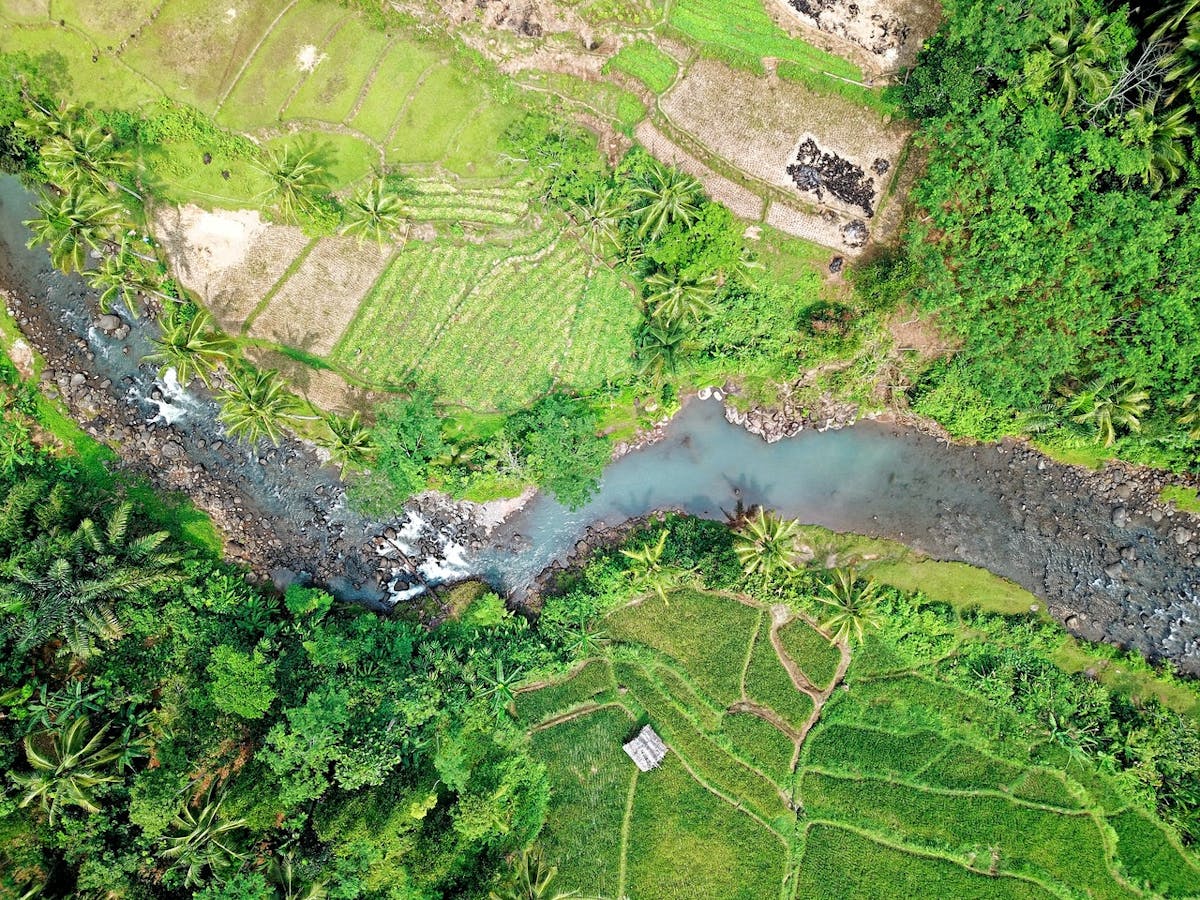The world is facing three global disasters all at once: climate change, extreme global debt, and COVID-19.
As we grapple with the defining public health crisis of our time, the global economy is experiencing the worst economic collapse since World War II, all while climate change continues to threaten the world’s most vulnerable populations.
The 2020 UNEP Adaptation Gap Report estimated that climate adaptation needs will grow between $140-300 billion by 2030 and to $500 billion by 2050. During this time, when the world needs to mobilize trillions of dollars for a low-carbon economic transition and prepare for the costs of adaptation, the economic collapse spurred by COVID-19 has left countries with exorbitant levels of debt, forcing seven countries to default on their loans and pushing an estimated additional 88 to 115 million people into extreme poverty, with the total rising to as many as 150 million by 2021.
On March 23, InterAction convened three sustainable finance experts during Forum 2.1 to explore this convergence and possible solutions. This article summarizes that session, highlighting the interconnections between climate change, global debt, and COVID-19, as well as the core challenges and the financing options to address the problems.
Climate change continues to pose increasingly dire threats to our planet. As we quickly approach a “climate tipping point” of global warming of 1.5 degrees Celsius above pre-industrial levels, we have no more time to waste. Serious action to mitigate and adapt to climate change is needed now. Prior to the COVID-19 pandemic, the global community committed to an accelerated development plan by 2030 to transition the world to a low-carbon and more socially just economy through the Sustainable Development Goals. Now, as the world continues to grapple with and recover from the impacts of COVID-19, the transition risks of inaction on climate are becoming even more daunting. This is the most important decade of our times, and we cannot afford to push these crises down the road any longer.
The world economy needs to utilize tools and strategies that invest in a low-carbon transition and climate adaptation and provide debt relief and assistance to the world’s most vulnerable populations.
Key Challenges
Currently, most debt relief is not linked to climate goals. However, there are upcoming opportunities to help countries create additional fiscal space through debt relief while channeling any available financing to climate goals.
Doing this at scale will require coordination and effort by all relevant creditors. Currently, about a third of global debt is held by bilateral creditors, a third is held by private institutions, and a third is held by international institutions. While international financial institutions such as the International Monetary Fund (IMF) and multilateral development banks (MDBs), such as the World Bank, have supported debt relief through actions such as IMF Special Drawing Rights (SDR) allocations and increased World Bank financing due to COVID-19, they are ultimately limited in their impact on debt relief because two-thirds of global debt is held by more than 463 regional development banks, bilateral sovereign creditors, and private creditors. The constellation of creditors has become increasingly more complex, making it that much more difficult to involve and manage all aspects of global debt.
Advocacy and incentives are needed to bring other creditors, especially private ones, to the table to both participate in debt relief and support climate finance.
In this process, we must also acknowledge the history of hypocrisy in response to major global recessions in the past. In the face of past economic disasters, economies of wealthy Western states have infused massive amounts of financing, and this “counter-cyclical” approach proved to be successful. However, when the same economic downturns hit lower-income countries, they have been told to tighten their budgets, decrease government spending, and raise interest rates—characteristics of austerity conditionality. This puts the burden of a struggling economy on everyday citizens. To address climate change and global debt effectively and equitably, non-conditional financing, low interest rates, and stimulus packages are needed. If this approach is carried out, it would be a major change and achievement for the global community and a step forward in not repeating past hypocrisy.
Regardless of fiscal space, ensuring climate priorities do not fall off the agenda is also essential. This can be especially challenging in places where the major means of exchange are oil and coal. Additionally, support for a structural transformation is necessary in order to support people who will lose their livelihoods as a result of the green economic transition.
International finance institutions can support this transformation by taking a longer view of economic forecasts to effectively and accurately predict what investments will yield over time.
What are the Options for Climate-Resilient Debt Management?
The tools exist. Now is the time to apply them in a climate-resilient way, packaging them in a complementary way and applying them on the right timescale to effectively address both climate change and lack of fiscal space.
These packages should include different combinations of new liquidity, such as through:
- IMF special drawing rights (SDR) allocations whereby portions of the IMF’s international reserve asset (SDR) are given to member countries to boost liquidity.
- Additional climate financing through the Organization for Economic Cooperation and Development’s (OECD) official development assistance (ODA), which is government aid that promotes and specifically targets the economic development and welfare of developing countries.
- The G20’s Debt Service Suspension Initiative (DSSI), which allows for the temporary suspension of debt-service payments owed to their official bilateral creditors for the 73 most debt-burdened countries.
- Debt-for-climate swaps.
- Application of the G20 Common Framework for Debt Treatment, in which debtors and creditors agree on a cheaper price for the current debt.
All of these existing tools can be coordinated with green climate investments in order to address both crises.
There are conversations involving future SDR allocations related to climate and environmental actions. There is also anticipation from the global community that the IMF will announce a platform that links climate and nature to debt through a finance facility in the near future.
“Debt management for climate and nature” encompasses an existing tool that provides debt relief while advancing climate or nature goals known as “debt-for-climate/nature swaps.” “Debt-for-nature swaps” have existed since the 1980s and are now being utilized to relieve debt and promote nature or climate projects in developing countries.
Debt-for-climate/nature swaps occur through the restructuring of debt between debtor and creditor, where a portion of the restructured debt goes toward a nature or climate outcome in the debtor country. This finance tool has proven successful in the past, but due to the overwhelming level of debt countries are now faced with, a degree of debt relief needs to be incorporated into these swaps as well. These swaps are most effective when utilized by countries facing debt distress rather than a complete debt disaster.
We cannot afford to ignore climate change or extreme debt any longer. Strong, definitive action is necessary immediately, and climate-resilient debt management will be a crucial tool to address both crises. The finance tools exist, but we now must package them together in a way that promotes debt relief and transformation as well as climate mitigation and adaptation in an equitable and just way. There is an important role for NGOs to play in advocating for further adoption of climate-resilient debt management.

